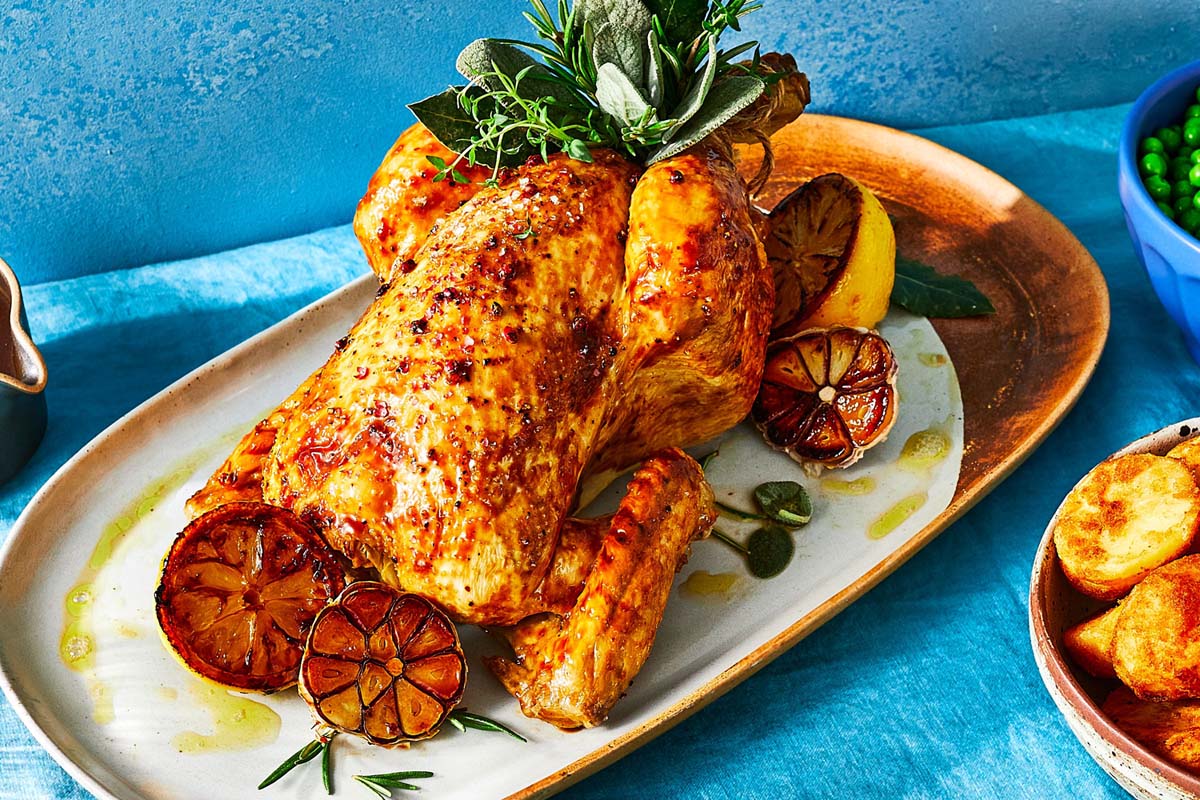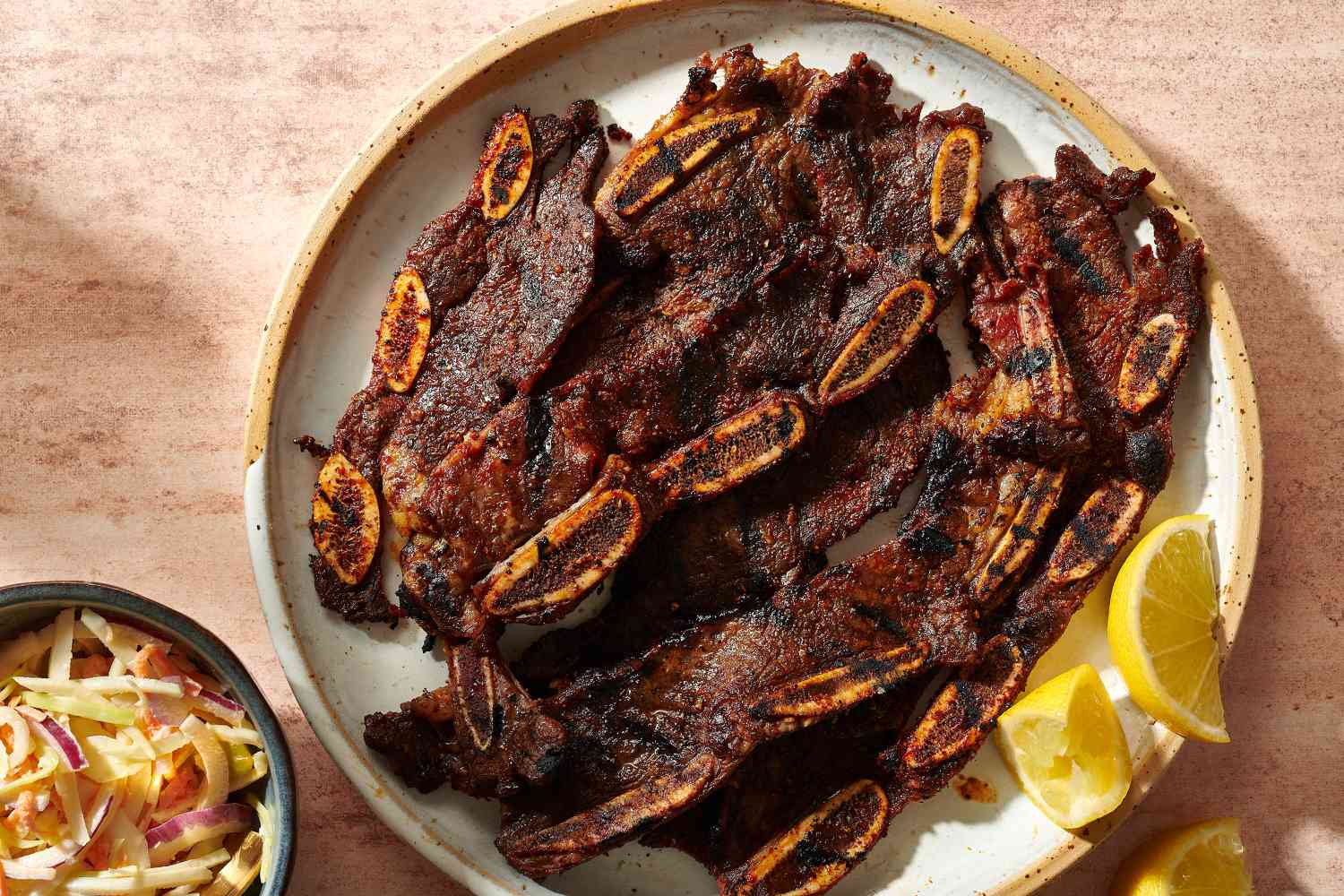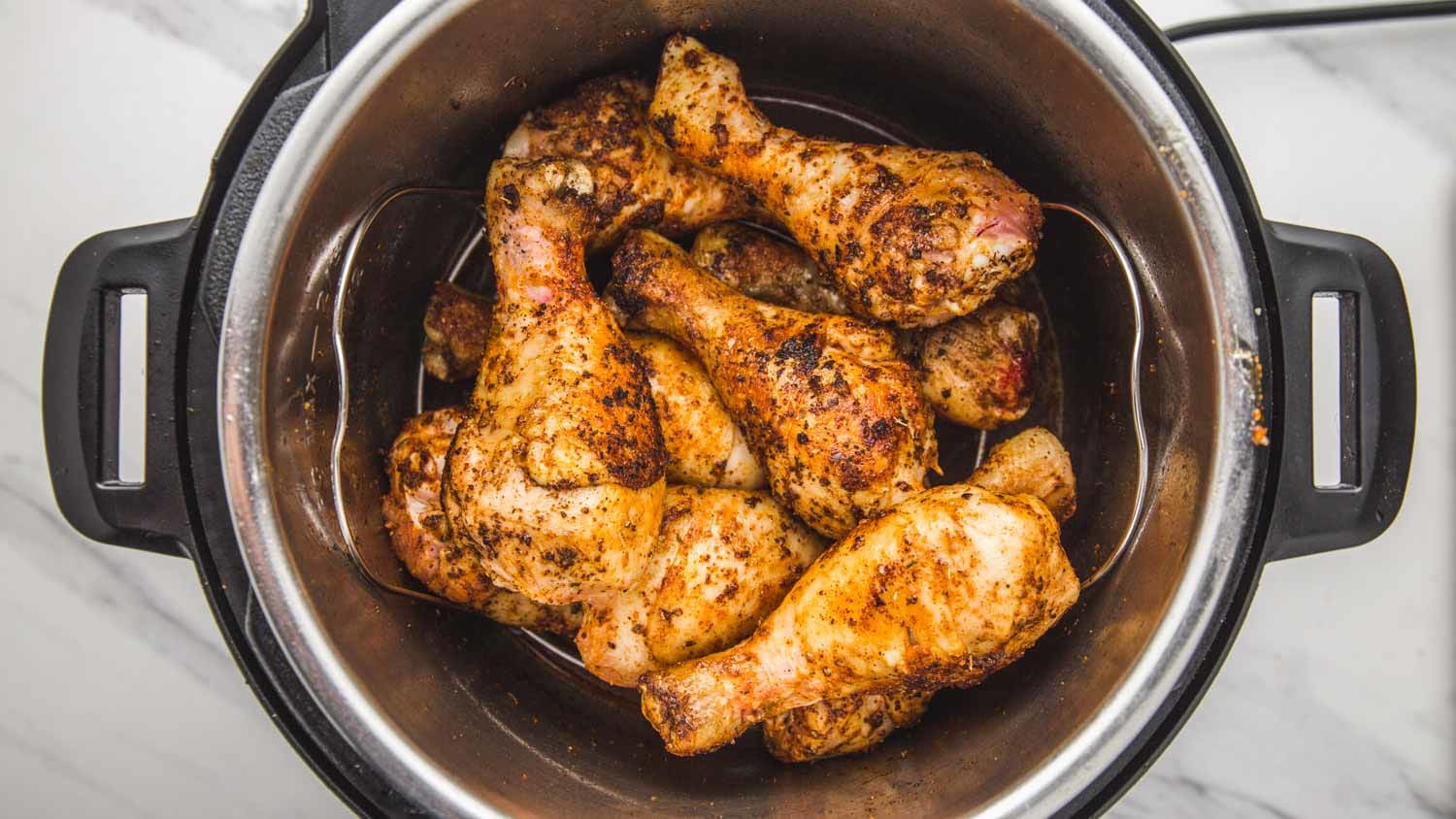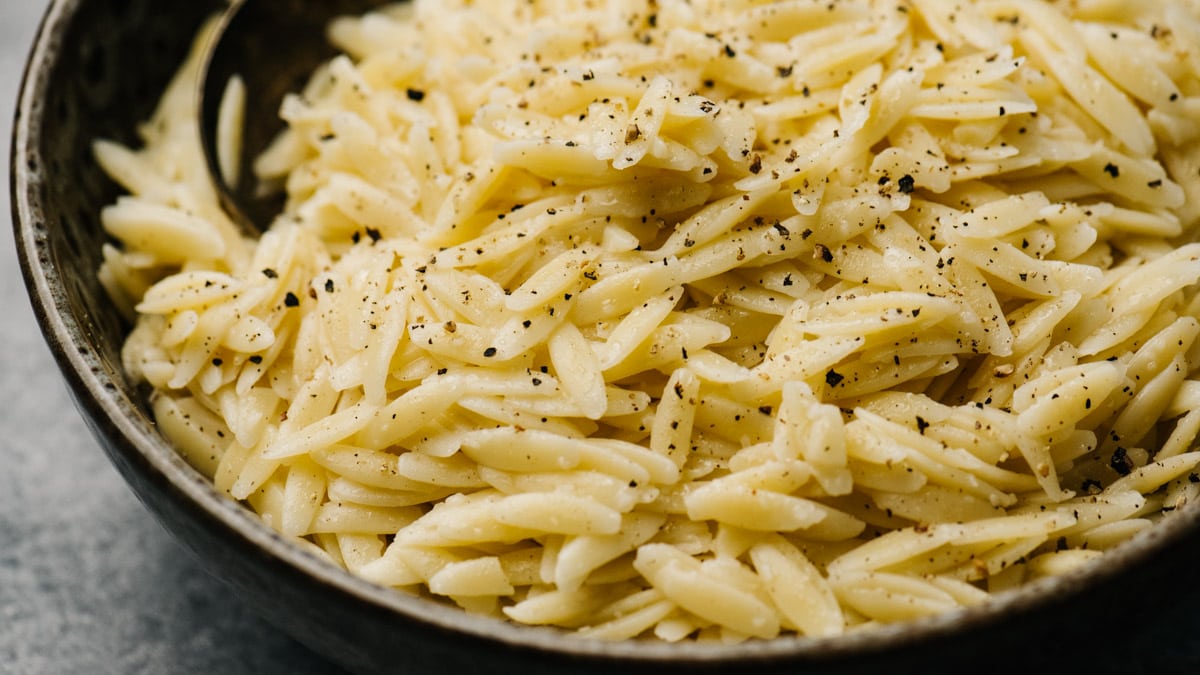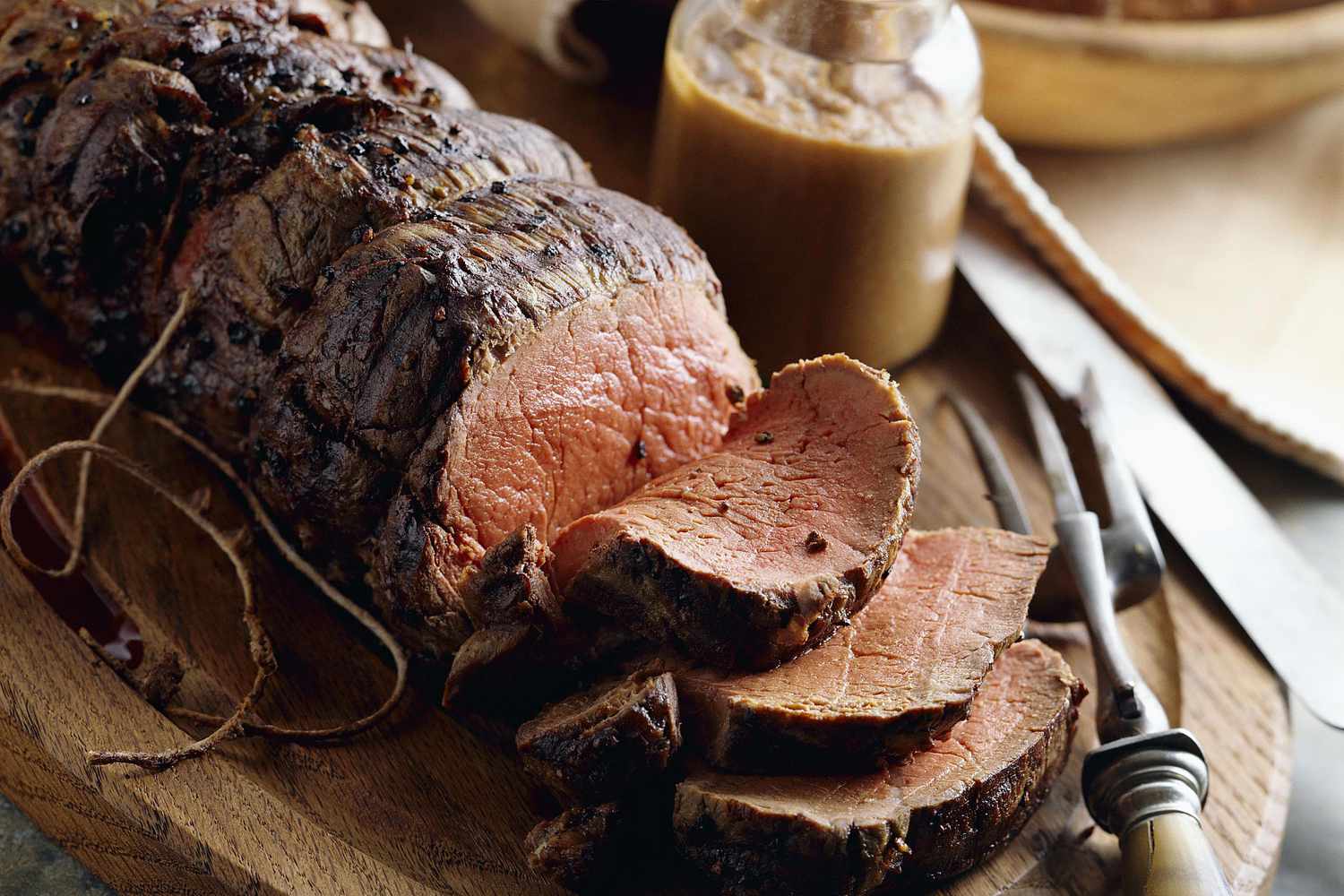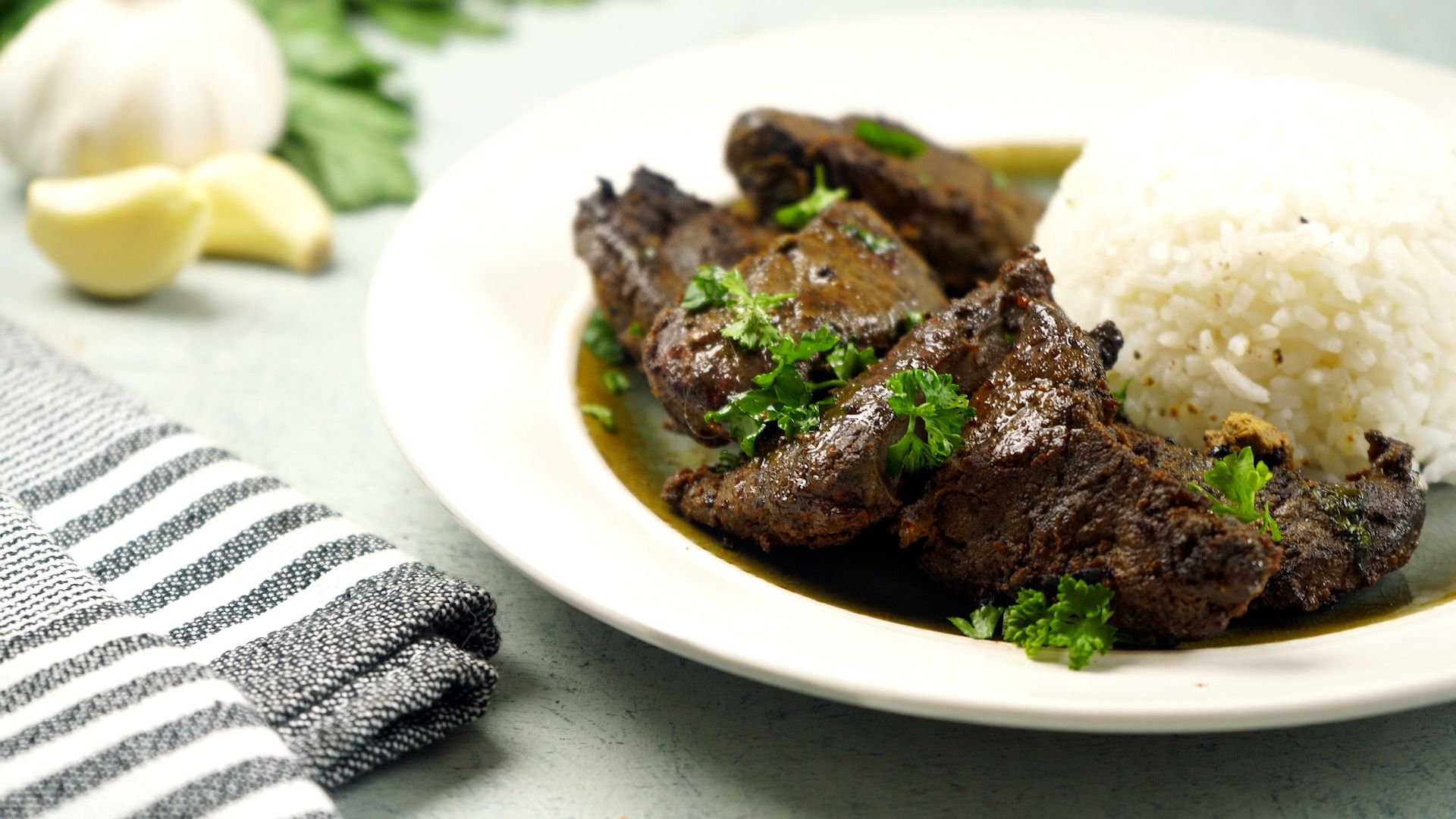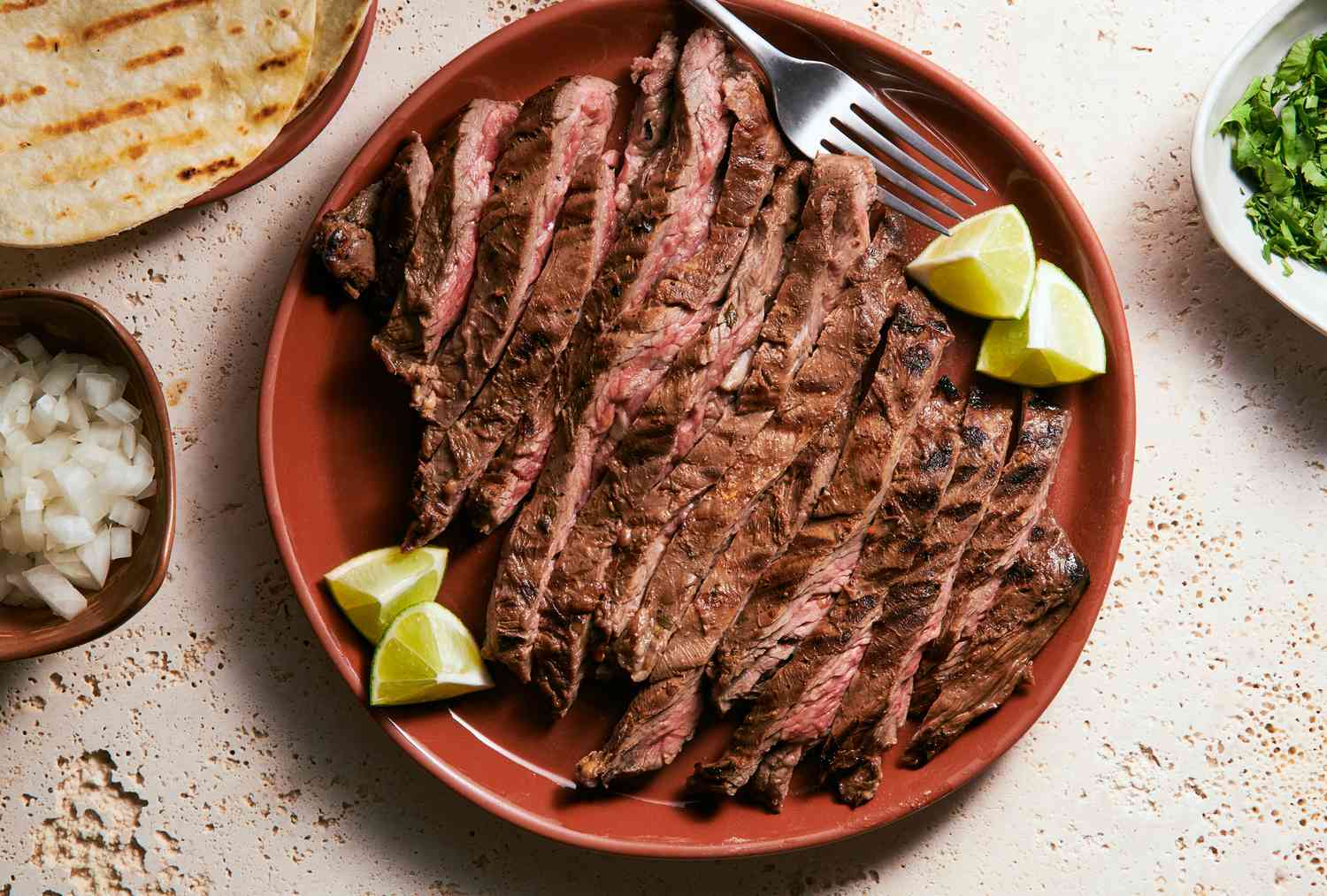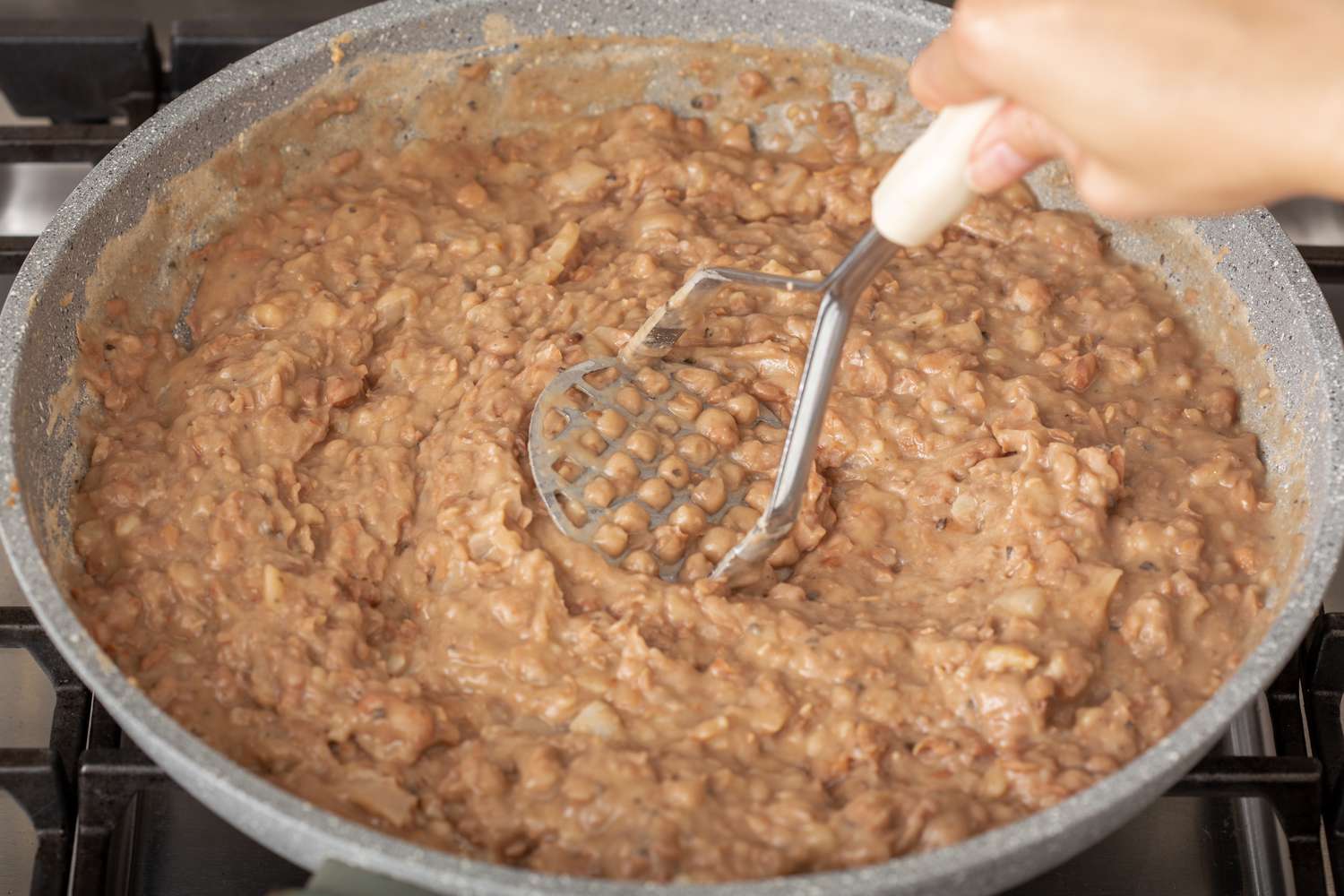Unlock the Delicious Potential of Wild Oyster Mushrooms
Are you ready to embark on a culinary adventure with wild oyster mushrooms? These tasty fungi are a delightful addition to any dish, whether you’re a seasoned chef or an enthusiastic home cook. Not only do they bring a unique flavor to your meals, but they also provide a plethora of health benefits. So, let’s dive into the world of wild oyster mushrooms and learn how to bring out their full potential in the kitchen!
Selecting the Perfect Wild Oyster Mushrooms
The first step in cooking with wild oyster mushrooms is to source the freshest and highest quality specimens. Keep an eye out for these key characteristics:
- Look for vibrant color: Choose mushrooms that have a vibrant color, ranging from pale gray to dark brown or even ivory.
- Firmness matters: Gently squeeze the mushrooms to ensure they are firm and not mushy. Avoid overly soft or damp specimens.
- Scent test: Take a whiff of the mushrooms – they should have a pleasant, earthy aroma. A strong or unpleasant smell may indicate spoilage.
- Avoid bruises: Check for any bruises or blemishes on the mushrooms. Opt for ones with smooth and unblemished caps.
Cleaning and Prepping Oyster Mushrooms
Once you’ve selected the perfect wild oyster mushrooms, it’s time to clean and prepare them for cooking:
- Gentle cleaning: To remove any dirt or debris, gently wipe the mushrooms with a damp cloth or use a soft brush. Avoid soaking them in water, as mushrooms tend to absorb liquids easily.
- Trimming: Inspect the mushrooms and remove any tough or woody stems. Trim them close to the base, leaving only the tender parts.
Simple and Scrumptious Cooking Techniques
Now that your wild oyster mushrooms are prepped, it’s time to unleash their flavor in various cooking methods. Here are a few simple and delicious techniques to try:
Sautéed Wild Oyster Mushrooms:
Heat a drizzle of olive oil or butter in a skillet over medium-high heat. Add the mushrooms and cook for 5-7 minutes, stirring occasionally until they become tender and golden brown. Season with salt, pepper, and herbs of your choice. These sautéed wild oyster mushrooms make a fantastic topping for steak, pasta, or a flavorful addition to omelets.
Grilled Wild Oyster Mushrooms:
Preheat your grill to medium-high heat. Toss the mushrooms with olive oil, salt, and pepper. Place them on the grill grates, cooking for about 3-4 minutes per side until nicely charred and tender. You can serve grilled oyster mushrooms as a side dish or use them to create a mouthwatering vegetarian burger.
Roasted Wild Oyster Mushrooms:
Preheat your oven to 400°F (200°C). Arrange the mushrooms on a baking sheet and drizzle them with olive oil. Season with your favorite spices and herbs, such as garlic powder, thyme, or rosemary. Roast for approximately 15-20 minutes until the mushrooms are golden brown and crispy around the edges. Roasted wild oyster mushrooms are a delightful addition to salads, grain bowls, or even as a pizza topping.
Experiment and Enjoy!
The versatility of wild oyster mushrooms opens up a world of culinary possibilities. Don’t be afraid to get creative and incorporate them into a variety of dishes. From savory soups to creamy risottos, their unique texture and umami flavor will elevate your meals to a whole new level.
Remember, cooking with wild oyster mushrooms is all about experimenting and enjoying the process. So, head to your local farmer’s market or forage in the woods, select the perfect fungi, and let your culinary imagination run wild! Happy cooking!
Was this page helpful?
Read Next: How To Cook Yellow Baby Potatoes
